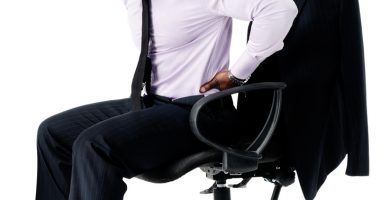Sports Injuries
The majority of people think that Osteopathic treatment is only for back pain. While Osteopathy is an excellent choice of treatment if you suffer from back pain, it may also help with most musculo-skeletal problems such as: sports injuries, muscle strains, osteoarthritis, shoulder/elbow/hand pain, hip/knee and ankle pain and headaches of a mechanical nature.
Common causes of sports injuries include: general over training, lack of a warm-up and warm-down, poor posture, structural conditions/abnormalities and many other factors.
Osteopathy studies the structure and function of the human body as a whole and works by identifying and correcting the underlying source of your health problem/injury. Applying this theory to sports injuries means that Osteopaths are not only concerned with treating the injury but also preventing future injury. Training with an injury or imbalance in your body will often cause the body to compensate, potentially leading to problems elsewhere; therefore it is important to seek treatment.
We will aim to get you back to the sporting activities you enjoy by improving joint mobility and reducing soft tissue restrictions. This will be achieved through the use of massage, articulation, manipulation, dry needling, taping/strapping and advice on stretching and rehabilitation.
Ideally injuries should be attended to immediately by a qualified therapist, but this is not always possible. Self help is very beneficial after suffering a muscle, tendon or ligament injury. The procedure should be followed for the first 24-48 hours after injury:
• Rest – any further movement may aggravate the injury and possibly cause further injury.
• Ice – ice should be applied as soon as possible, as this will help reduce swelling. Wrap the ice in a moist towel to avoid ice burn and apply it for no longer than 10-15 minutes at a time. You can apply ice 5 times a day with at least 45 minutes between applications.
• Compression – this should be applied to the area immediately as it will help to reduce bleeding at the injury site.
• Elevation – raising the affected limb allows gravity to assist the removal of swelling.
Remember RICE: rest, ice, compression and elevation
References:
Cash, M. (1996), Sports and remedial massage therapy. United Kingdom, Ebury press.
Parsons, J. and Marcer, N. (2005), Osteopathy: Models for diagnosis, treatment and practice. China, Churchill Livingstone Elsevier.






